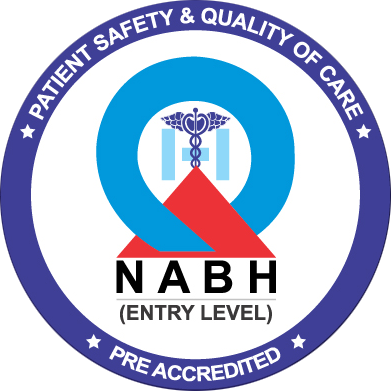Green Laser
Dr Pratik uses green laser Iridex by Biomedix.What is Photocoagulation?
1.A laser procedure that uses the heat from a laser to seal or destroy abnormal, leaking blood vessels in the retina. The procedure is used to treat diabetic retinopathy, an eye disease caused by high blood glucose that damages the smallest blood vessels supplying the retina, which can lead to blindness. There are two approaches to the use of photocoagulation therapy in treating diabetic retinopathy.
2. Focal photocoagulation
Focal treatment is used to seal specific leaking blood vessels in a small area of the retina, usually near the macula, the light-sensitive layer of tissue at the back of the eye and is in the center of the retina.
3. Scatter (pan-retinal) photocoagulation
Scatter treatment is used to slow the growth of new abnormal blood vessels that have developed over a wide area of the retina.
Why is it done?
1. To reduce the risk of vision loss caused by diabetic retinopathy and to help prevent progression to more severe retinopathy.
2. To stabilize vision and prevent future vision loss but it cannot improve vision loss that has already occurred.
3. To reduce the risk of vision loss in people with macular edema and to restore lost vision in cases of macular edema caused by non-proliferative retinopathy.
4. To lower the risk of moderate vision loss by 20% in people who have mild to moderate non-proliferative retinopathy.
Who will do the procedure?
Dr Pratik Mahajan
Where will the test be done?
Photocoagulation is usually performed at the laser room as a brief outpatient procedure.
How long will the test take?
It depends on the extent of disease of the patient's eye.
How will I get ready for the test?
Prior to the procedure, the pupil is dilated with mydriatic eye drops (tropicamide with or without phenylephrine).
How is the test done?
1. The patient is sits/ lies in front of the laser machine. The surface of the eye is numbed with topical anesthetic drops before the procedure.
2. Usually, a lens is placed on the eye after topical anesthetic drops are applied to better control the laser beam and movements of the eyes.
Are there any risks with the test?
1. Laser photocoagulation burns and destroys part of the retina and often results in some permanent vision loss. This is usually unavoidable.
2. Treatment may cause mild loss of central vision, reduced night vision, and decreased ability to focus. Some people may lose some of their side (peripheral) vision. However, the vision loss caused by laser treatment is mild compared with the vision loss that may be caused by untreated retinopathy.
3. Rare complications of laser photocoagulation may cause severe vision loss.
4. You will need someone to drive you home because your vision may be blurred after the treatment.
5. You will need to wear sunglasses to keep bright light out of your eyes while your pupil is still dilated (usually up to 6 hours).
6. You may feel slight discomfort in your eye after the procedure. Do not rub the anesthetized eye until the anesthetic wears off (about 15 minutes) to avoid scratching the cornea.

